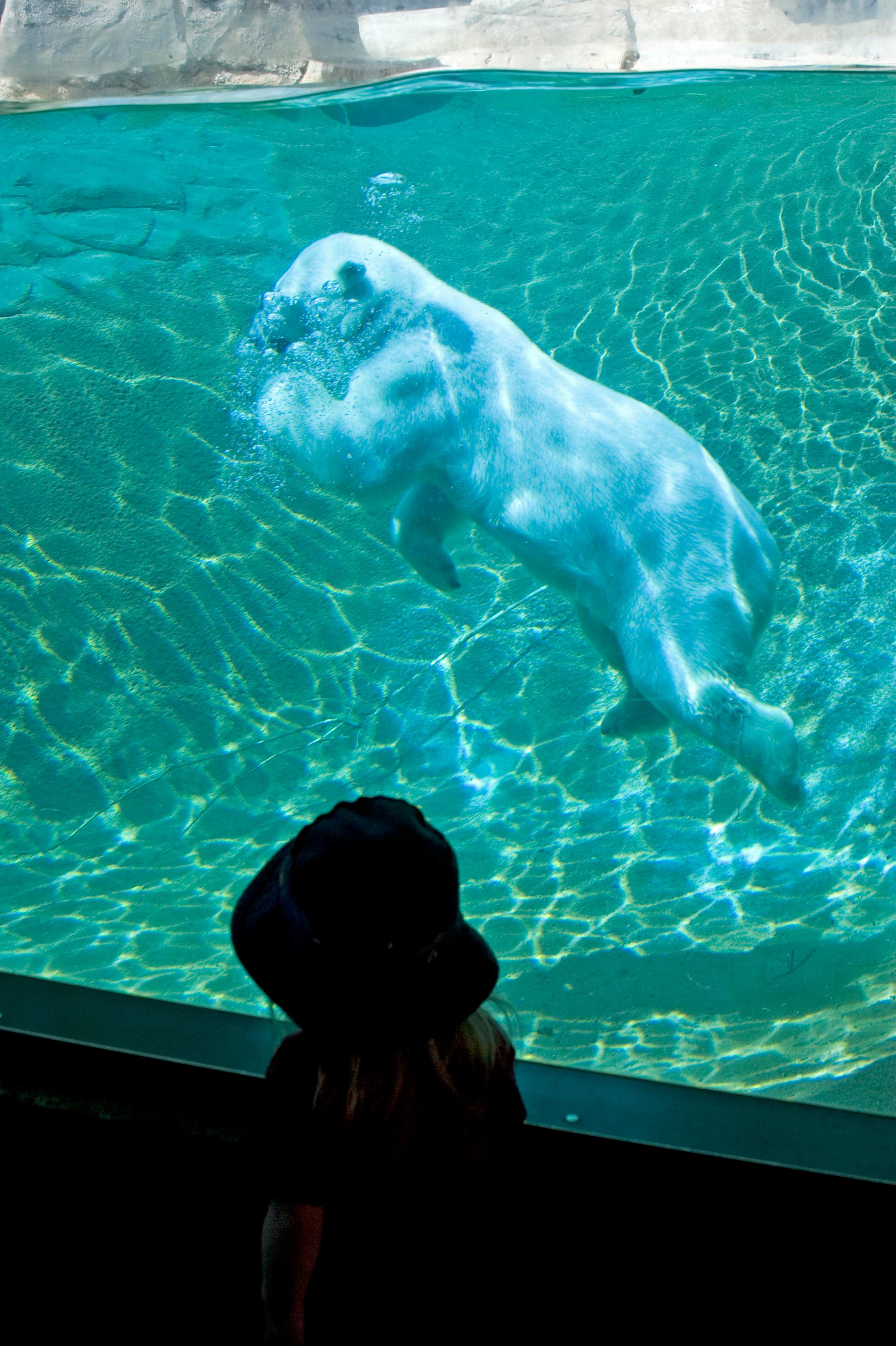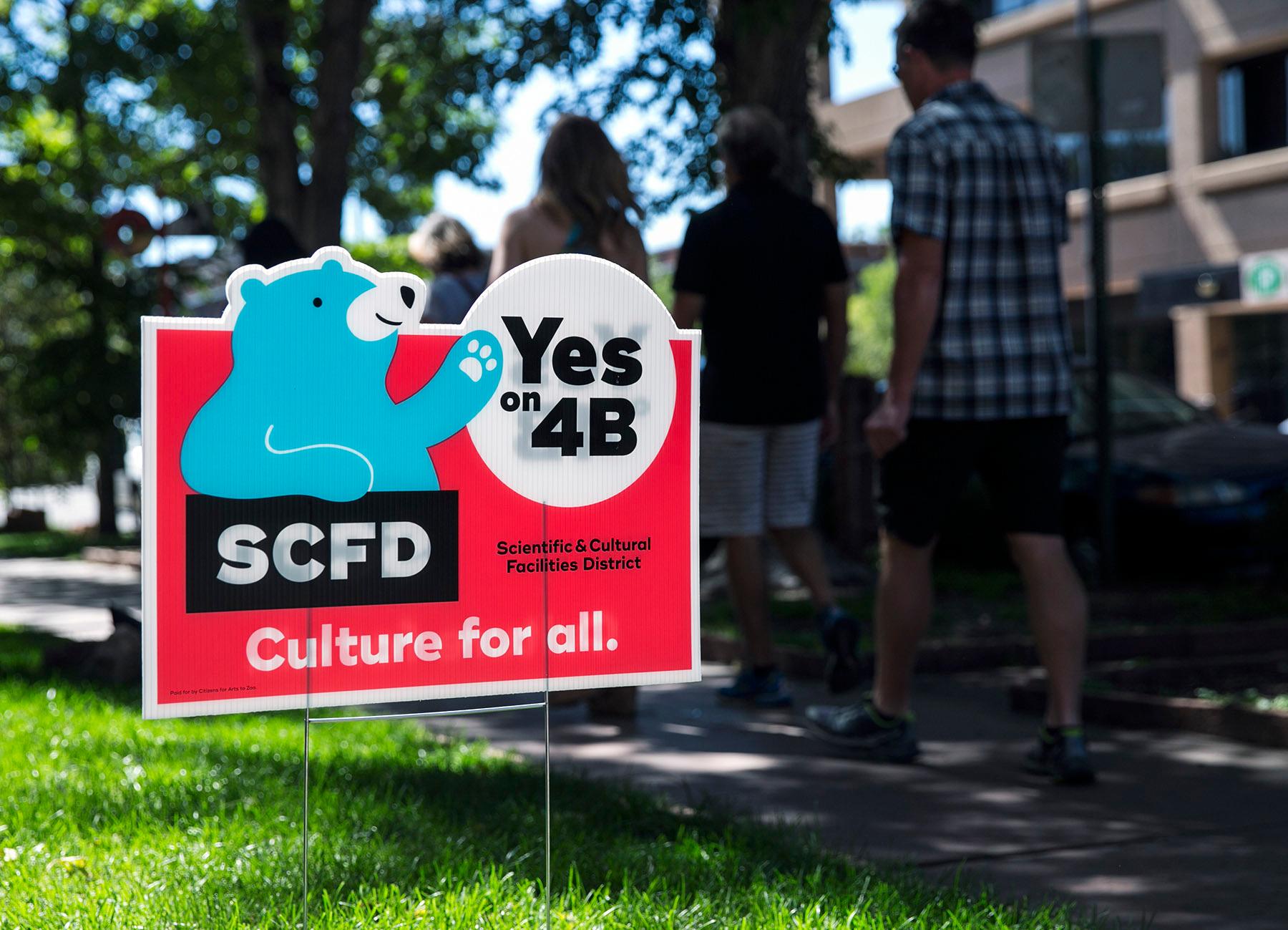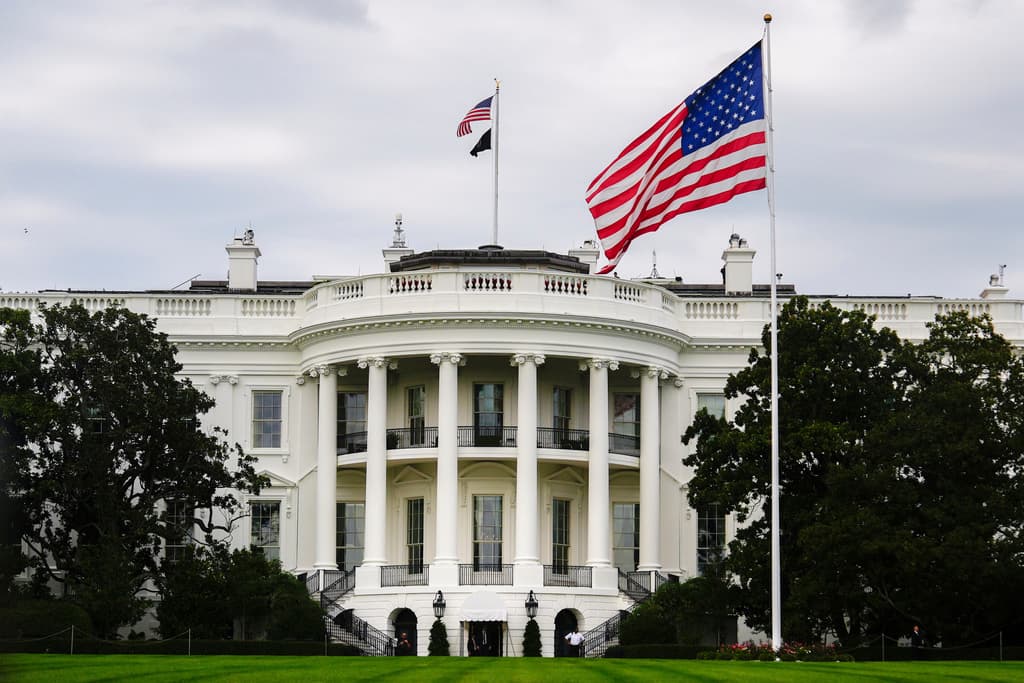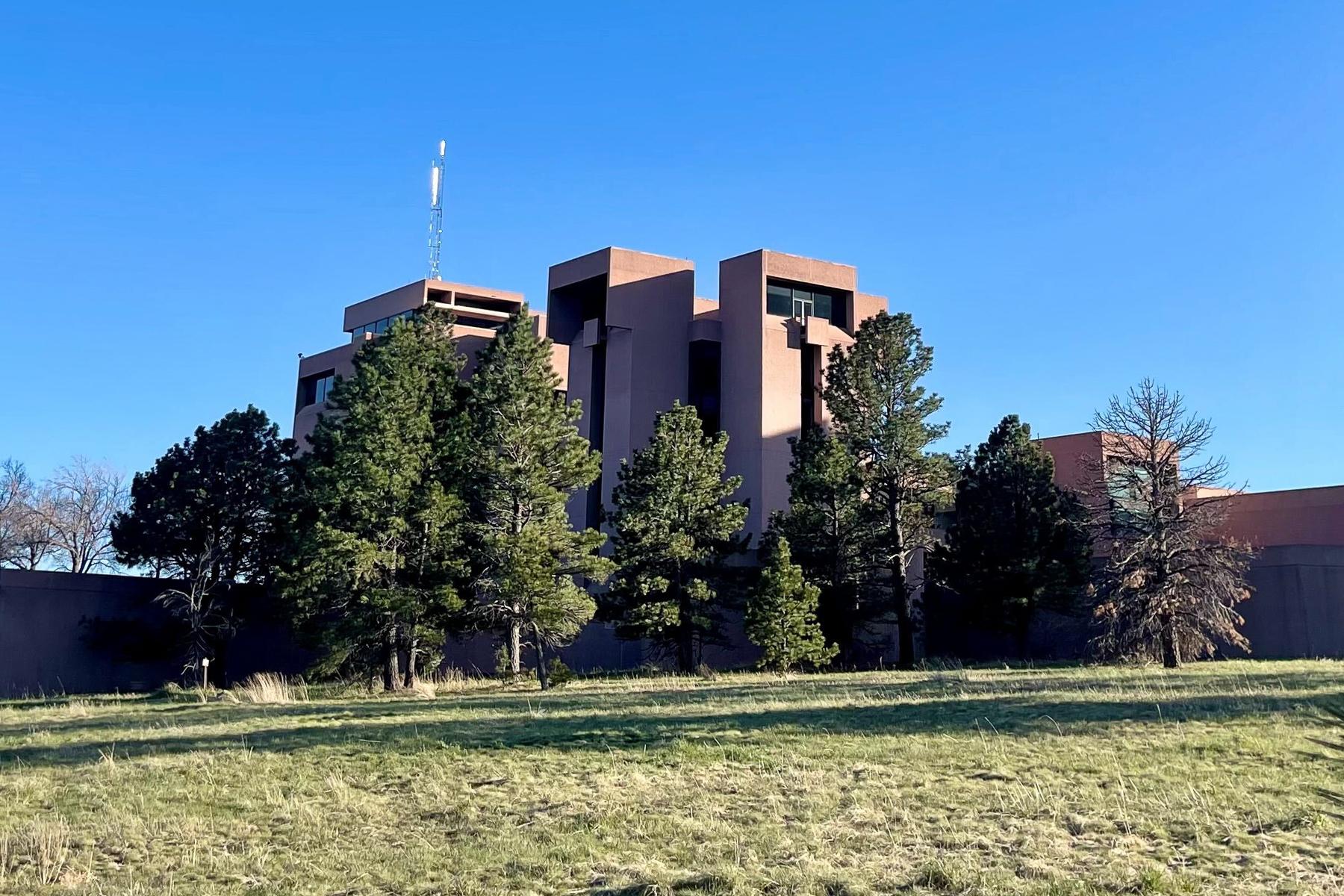
We’ve recently spotted polar bears around Denver. And they’re getting a lot of attention from curious kids and smartphone-wielding selfie seekers.
So we looked in it and found out they’re connected to a cultural tax that’s part of what’s called the Scientific and Cultural Facilities District.
We met the polar bear -- which has a name -- at the Denver Art Museum.
“We’re here taking Popsicle around the art museum and introducing him to families so they know about SCFD,” says Kristy Bassuener, the museum's director of communication and public affairs.
These four letters -- SCFD -- can be seen around the metro right now. It’s a sales and use tax that generates one penny from every $10 spent in seven counties, from Boulder to Douglas. That money goes to cultural organizations big and small, from museums and gardens to orchestras and theater companies. Around 270 nonprofits split more than $54 million from the tax in 2015.
Hey ya'll! Question: Are you taking advantage of #SCFD free days? Where do you go?
That same year, the Denver Art Museum’s budget was $27.1 million. And it got more than $7.3 million in SCFD funding. That money helps the Denver Art Museum provide programs and host free days, Bassuener says.
“It’s imperative to what we do,” she says.
Up For Renewal In November
Voters first passed the tax district in 1988. They’ve since voted to extend it twice. Now people in those seven counties will decide whether to renew it again -- and that brings us back to the bear.
It’s a popular icon for SCFD, as it was during the first vote nearly 30 years ago. That’s according to Floyd Ciruli, a Denver pollster who directed the initial SCFD campaign. He’s once again involved in the campaign to renew the cultural tax.
“That little polar bear is an important part of it because I think it’s now become the symbol,” Ciruli says.

That symbol is the result of public polls that his team conducted in the 1980s before SCFD was on the ballot.
“An ape was very big, a dinosaur was very big in terms of (being) popular with the public, an elephant was very big,” he says. “But it’s obvious that a bear won.”
Ciruli points to a big expansion back then at the Denver Zoo. A new permanent exhibition called “Northern Shores” opened in 1987. It had habitats for seals, sea lions and polar bears, which you can still see swim underwater. It was a huge hit.
“Polar bears have always been super popular here at Denver Zoo,” vice president for external operations Tiffany Grunert says. “Northern Shores was really a turning point for Denver Zoo in that it helped increase attendance with its opening.”
Then in 1994, polar bear pandemonium struck again when twin cubs named Klondike and Snow were born. They got a lot of news coverage and helped set an attendance record at the zoo.
An Emotional Edge
Beyond their popularity, polar bears make for a fun campaign logo, Floyd Ciruli says.
“This sort of raises it above the din of harsh politics and says here’s something you can feel good about,” he says.

It also gives the campaign behind SCFD an emotional edge, says Independence Institute president Jon Caldara. The free market think tank is based in Denver.
“Behind this tax is this idea of ‘Oh my god, we have to do this not only for the polar bears but for your kids who won’t be able to see the polar bears,’” Caldera says. “Which is fallacious, and it’s manipulative.”
Caldara is against this district. To be clear, he likes the arts, but he doesn’t think they should be publicly funded. Caldara says the $2.5 million raised for the SCFD campaign would be better spent as donations to these institutions.
“But there are a lot of people who are connected who like this and they know how to use the system in order to raise money so they can subsidize what they feel is culturally important,” he says. “If we value these things, they will not just survive, they will thrive in Denver without a tax increase.”
The pro-SCFD message will be loud and clear throughout the Denver area this fall. You’ll see it on TV, on Facebook and on 15,000 yard signs. And each of those signs has a polar bear.
CPR and other public media outlets do not receive SCFD funding. You can find a list of organizations that do here.








